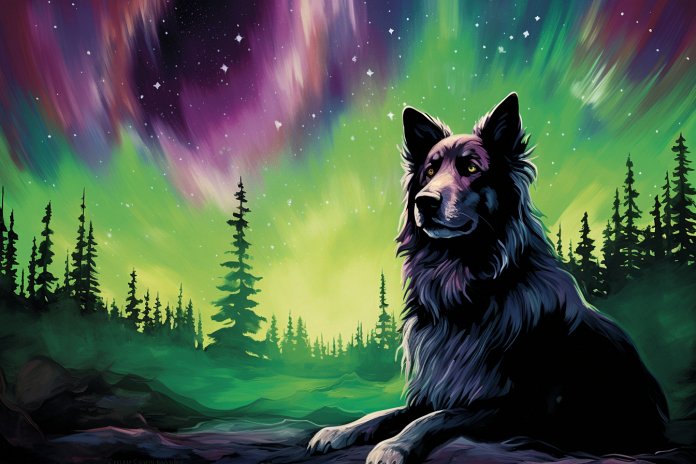
The myth that dogs are color blind and can only see in black and white has been debunked, but there is still confusion about what colors dogs can actually see. Dogs can see colors within the blue to yellow range, but they have difficulty distinguishing between red and green hues. This means that when a red ball or green light blends into a background, dogs may have difficulty seeing it.
Signs Your Dog Can See Other Colors
If you’ve ever played fetch with a red ball on a grassy field, you may have noticed that your dog had trouble finding it. This is because dogs have difficulty distinguishing between red and green. Dogs see about one-tenth of the colors humans can see, are half as sensitive to brightness, and have better motion detection. So, when using a laser pen, dogs are more likely to notice the light when it moves. However, the contrast between the light and the background may not be as noticeable to dogs as it is to humans.
Body Language
Some common signs that your dog can see colors include staring, being alert, head tilting, and wagging their tail. Other signs that indicate your dog can see green include getting more excited for green toys and losing toys of other colors.
History Behind Dogs Seeing Green
Early on in evolution, animals had a wide range of color recognition. However, as certain species, including dogs, evolved to become hunters and predators, their need for color vision decreased. Dogs developed more rod cells in their eyes to aid in hunting and have better night vision. Humans, on the other hand, re-evolved cone cells to be able to distinguish more colors.
Science Behind Dogs Seeing Green
Mammals, including dogs, have cones and rods in their eyes. Cones are responsible for color detection, while rods are responsible for motion detection and night vision. Humans have three types of cones, while dogs only have two. Dogs have lower light sensitivity but larger pupils and a special membrane called the tapetum lucidum that reflects light, enhancing their night vision.
Training Dogs to See Green Light Better
To help dogs with their lack of color vision, it can be helpful to wear contrasting colors when giving them signals or commands. Avoid using red or green toys on green grass, as they may blend in. Dogs have better motion detection, so a moving green light will be more noticeable to them than a stationary one.
Dogs may have difficulty distinguishing between red and green, but they can see colors within the blue to yellow range.

Tips & Things to Know
1️⃣ Dogs can see colors within the blue to yellow range, but have difficulty distinguishing between red and green hues. This means that objects that are red or green may blend into the background and be difficult for dogs to see.
2️⃣ Dogs have better night vision than humans due to their larger pupils and a special membrane called the tapetum lucidum, which reflects light back into their eyes. This is why dogs’ eyes may seem to glow at night.
3️⃣ To accommodate a dog’s vision, it is helpful to wear contrasting colors when giving them signals or instructions. Avoid using red or green objects against a green background, as they may be difficult for dogs to see. Instead, focus on using motion to catch their attention.
Frequently Asked Questions, Answered ✅
1. Can dogs see colors?
– Yes, dogs can see colors within the blue to yellow range and all combinations of those colors.
2. Can dogs distinguish between red and green?
– No, dogs have difficulty distinguishing between red and green hues.
3. How do dogs react to green light?
– Dogs can see the color of the light, but it may blend into the background and virtually disappear. They are more likely to notice a moving green light.
4. How do dogs indicate that they can see colors?
– Some signs that a dog can see colors include staring, being alert, head tilting, and wagging their tail.
5. Why do dogs have limited color vision?
– Dogs historically relied more on their sense of smell and motion detection for hunting, so they have fewer cone cells responsible for color detection in their eyes compared to humans.